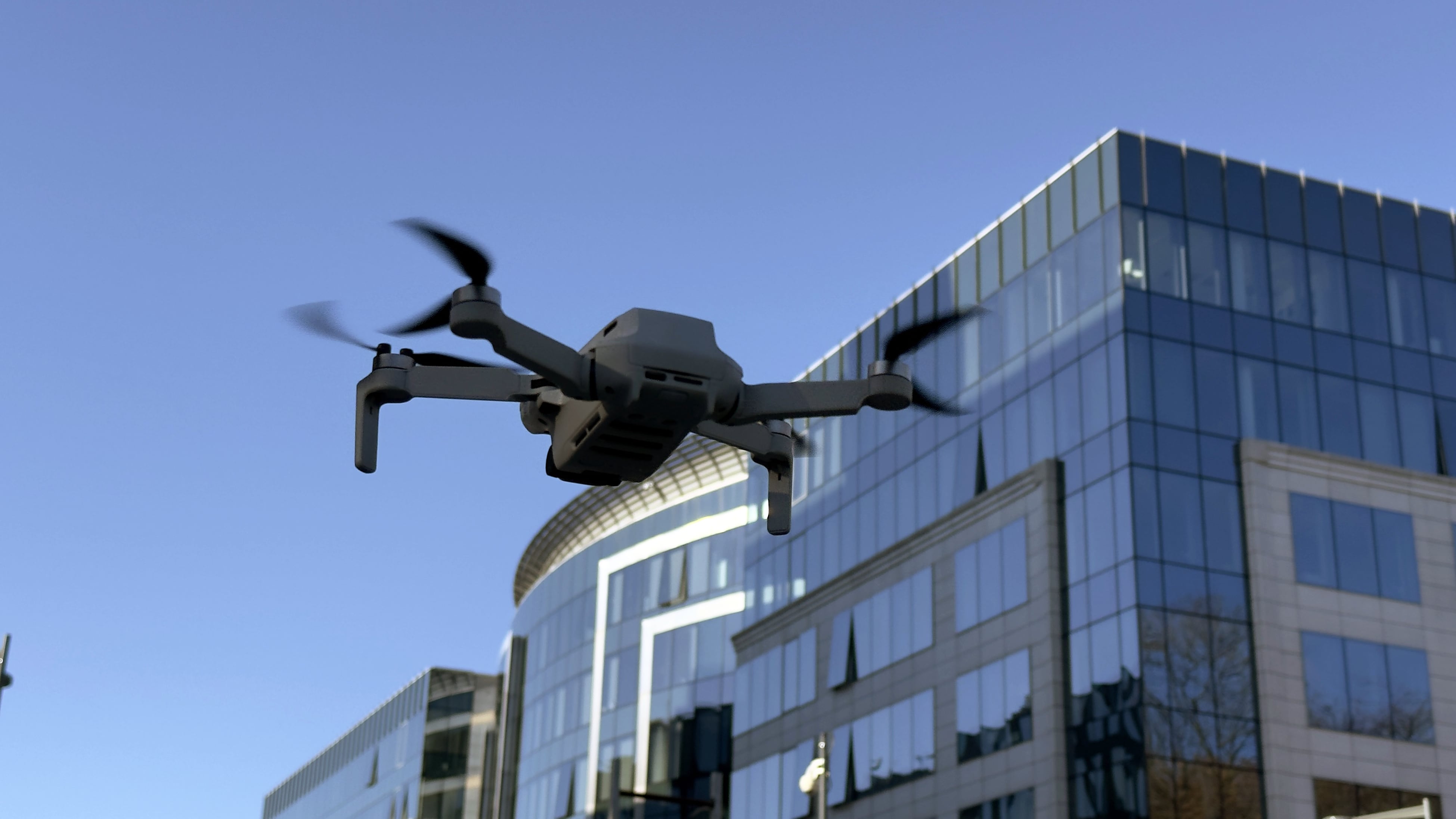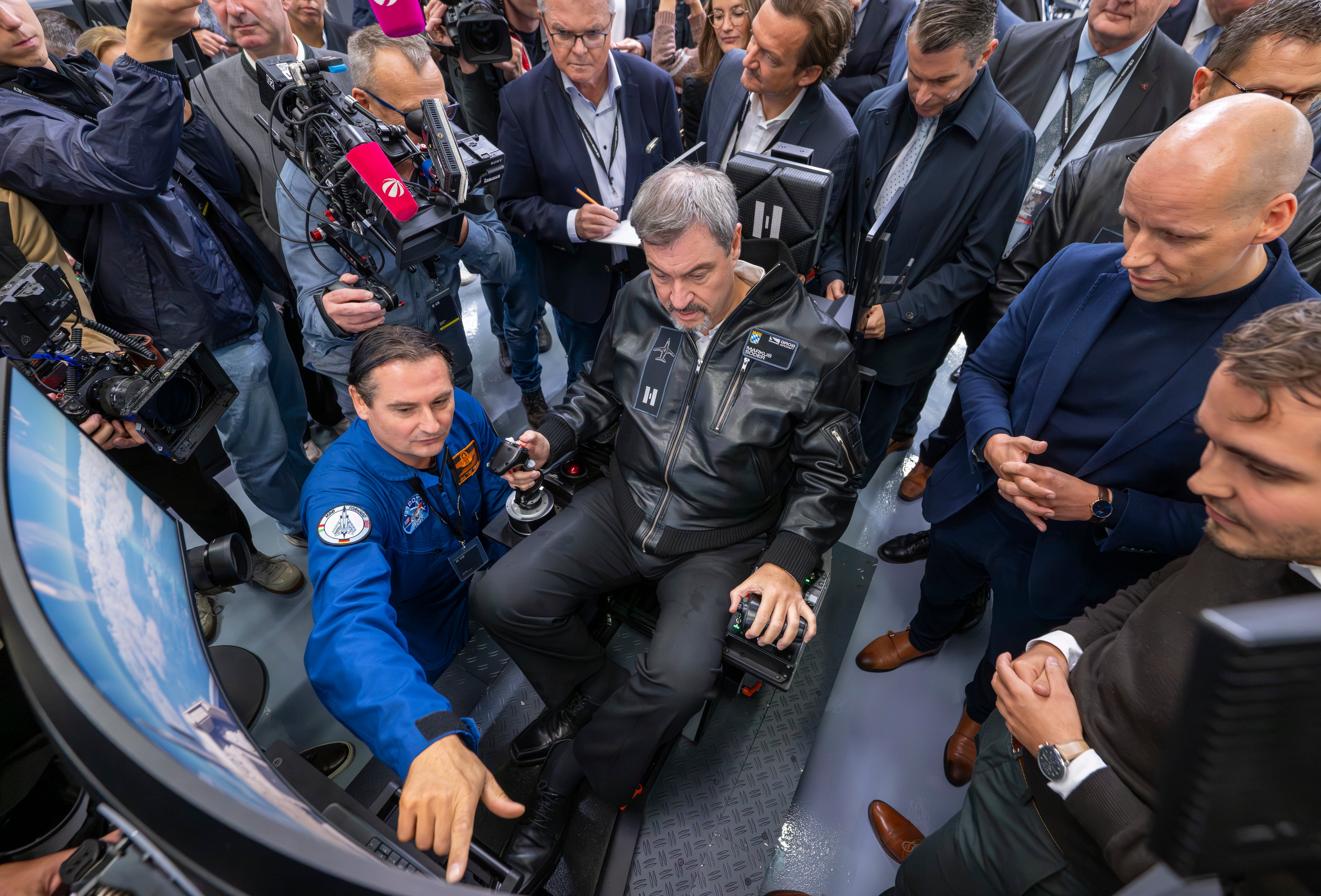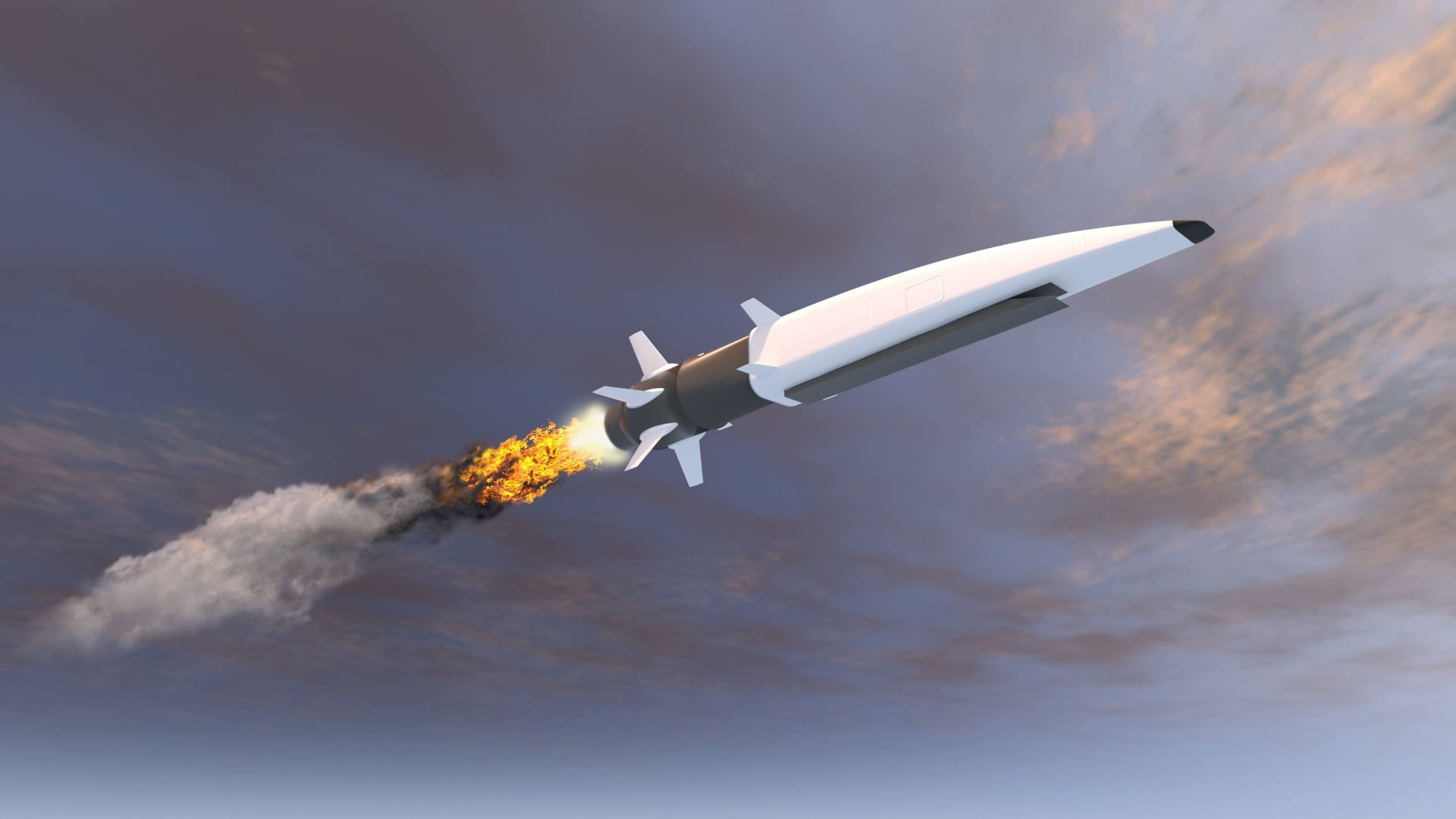Almost a year after its first successful pilot of a ship-to-ship high-bandwidth, high-speed telecommunications network, the Navy continues to explore a range of challenges in taking 4G LTE (Long Term Evolution) afloat.
Navy has good cause to pursue LTE, which can deliver an improved level of tactical awareness by enabling seamless sharing of video and other data between vessels afloat as well as aircraft. "When an individual marine or sailor can see what is going on, the unknown goes away and it makes him more potent as a war fighter," said John Torres, director of Fleet/Force Advisors for NAVAIR's Integrated Warfighting Capability Rapid Response Project Management Office.
Despite potential advantages, the service faces a range of issues that challenge the deployment of such networks in ship-to-ship scenarios.
Emerging issues
Today's efforts follow on an extensive LTE pilot, which wrapped up in February 2014. That $16 million demonstration put LTE on a pair of vessels operating in the Persian Gulf, the amphibious assault ship Kearsarge and the transport dock San Antonio. The ships were equipped with a microwave-based wireless wide-area network (WWAN), giving sailors access to voice, text and video communications between ships and to real-time streaming video produced by helicopter-based systems up to 20 nautical miles away.
"We conducted many experiments and demonstrations, and we found that this technology could work in that environment," Torres said.
Still, hurdles emerged, foremost among them the matter of interference with signal, both internally and externally.
Externally, spectra are getting crowded. With increasing demand for bandwidth, the telecommunications industry is pushing for portions of the electromagnetic spectrum to be allocated to the commercial side. That becomes clear in recent Jupiter Research findings, which show more than 220 million 4G LTE subscribers in 2014.
This mass of commercial use increases the chances that military telecommunications such as ship-to-ship LTE could butt heads with existing use of spectra, especially when ships are operating near the coast or in foreign countries.
"When I am at sea, I can broadcast in any of those spectra, but as soon as I get close to port I am going to interfere with someone else's spectrum plan, and then it becomes an issue," said Kevin Kelly, CEO of LGS Innovations, which helps build telecom networks for the Navy.
In such cases, it might be necessary for ships to get permission from local carriers to piggyback on commercial spectra.
In addition, the ship's own electronics can interfere with an LTE network. "There are all these other systems that are running on the ship — the radar systems, the regular radio wave systems, other systems that are using radio frequencies. It's a heavy RF environment so you have to be really careful in how you broadcast," said Jeff Harman, COO of Oceus Networks, the primary vendor on the Navy's major LTE pilot.
Another potential source of interference: bad actors looking to deliberately disrupt communications.
Securing the network
Another ongoing area of investigation is security. As one might expect, much of the Navy's pilot testing involved the security of the system, and while preliminary results were satisfactory, Torres and others say the Navy still has ground to cover when it comes to ensuring the secure operations of future LTE networks.
For its initial trials, Navy partnered with NSA to implement that agency's Commercial Solutions for Classified program, a methodology for building and testing components to be used in classified systems. While this delivered a basic level of encryption, programmers now are looking at ways to bring the network up to secret-level standards. To this end, they are working with the JOLTED Tactics (Joint Operational Long Term Evolution Deployable) technology methodology.
When it comes to security, as well as other issues in the LTE space, planners are looking for ways to strike a balance between the economics of off-the-shelf technology, and telecom systems designed to Navy specifications.
"LTE was set up to provide high efficiency and high data rates for commercial, general usage. It wasn't really designed to deal with things like interference coming from third parties. It didn't necessarily focus on that kind of robustness," said Andrew McCandless, president of Bascom Hunter, a wireless telecommunications firm that has worked with the Navy on anti-jamming technologies for littoral combat ships.
As a result, incorporating commercial technology into onboard LTE has been both an ambition and a challenge for Navy planners.
In its early efforts, Navy has looked to ride along on the $30 billion investment industry is already making in LTE-related research and development. "We wanted to take advantage of the work that industry is doing and make it work for us, with only simple modifications," Torres said.
Some of those modifications will inevitably be more than "simple." Just as the military's need for security far surpasses off-the-shelf offerings, Navy requirements on the physical front can also be substantial.
The matter of form factor is not trivial, for example, with space for equipment being sorely limited in a shipboard environment, or on a helicopter.
Most commercial telecommunications solutions have not been built to accommodate situations in which space is at a premium. They are far more responsive to terrestrial scenarios, in which room to deploy equipment is more readily available.
Planners of the pilot project had to adapt commercial technology to meet these specific physical needs. The initial helicopter hardware came in at 3 by 3 feet and eventually was engineered down to a 18 by 18 inch construction weighing in at under 50 pounds, said Eric Tamke, Oceus director of Navy programs. Such adaptations may give a sense of what the Navy will need to do in further, more extensive LTE rollouts.
Concerns about commercial technology also extended down to the end user. The problem here had to do not with technical constraints, but with cultural issues.
Kearsarge and San Antonio crew received free Android smartphones — a boon to high-bandwidth communications but also a possible source of temptation to those for whom smartphones are second nature.
"They want to Facebook on it; they want to do their email on it," Harman said. "We have to explain to the end user that this thing will not be able to connect to a commercial network when it came into port, that they will not be able to install commercial apps."
At the same time, commercial handsets have certain advantages in a ship-to-ship LTE scenario. That same sense of familiarity may help to simplify a situation that, by its nature, presents a degree of complexity.
A year after its first trial, Navy continues to work out the kinks of onboard LTE. "We just want to provide the data that our leaders will need to make the next decisions, and we are still experimenting," Torres said. ■








